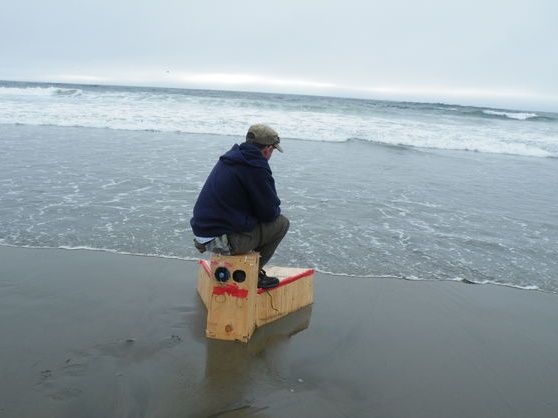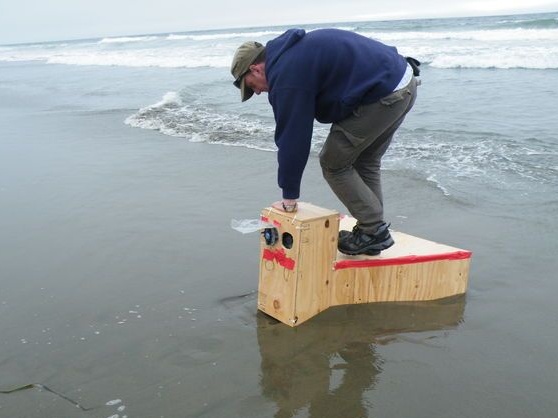
Homemade will be useful for those who live by the sea. The sea is almost constantly in a state of excitement, and this is nothing more than free energy that can be extracted and used for their own purposes. Of course, the generator discussed below is just an example, it produces little energy, but by this principle you can build quite powerful modelthat can charge batteries, etc.
Materials and tools for homemade:
- two coolers from the computer;
- plywood;
- drill and drill;
- sealant;
- 1K resistor;
- jigsaw or other tool for cutting plywood;
- plastic ties;
- adhesive tape (the author uses for isolation).
Generator manufacturing process:
Theory
The essence of the theory is that home-made is a kind of sealed container, which has a water inlet at the bottom and an air outlet at the top. When the tide occurs, water fills the tank and air escapes from it under pressure, rotating the turbines and thereby generating electricity.

When the tide occurs and the water leaves the tank, low pressure is formed in it and the air now enters at a high speed, again rotating the turbine. The author used two turbines, one is turned on when air enters, and the other when exited. Since the profile of the cooler blades is most effective for working in only one direction, it is reasonable to use two coolers for greater efficiency.
Step one. Drawings and assembly
First you need to label everything and understand how it should look. The body of the structure includes a tower, turbines are installed on the tower. The tower is made so that the turbines do not flood. If the waves are too big, then the tower needs to be built high. As for the aerodynamic characteristics of the structure, they are not important here and this does not need to be given special attention.
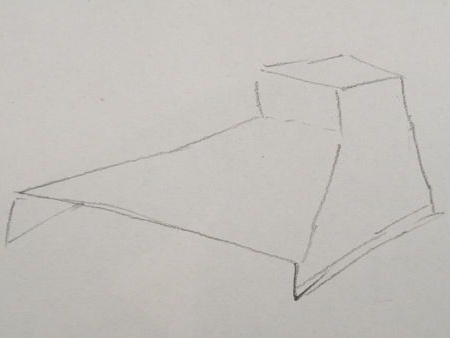
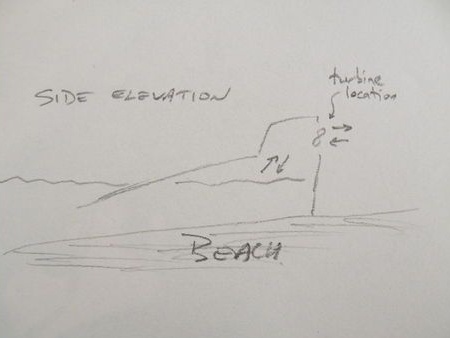
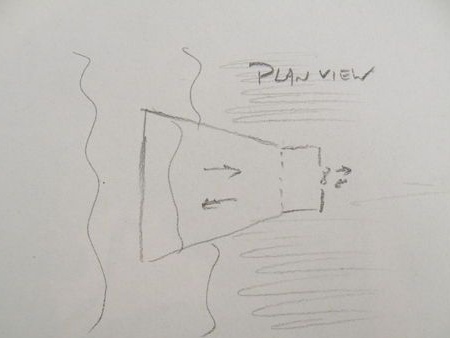
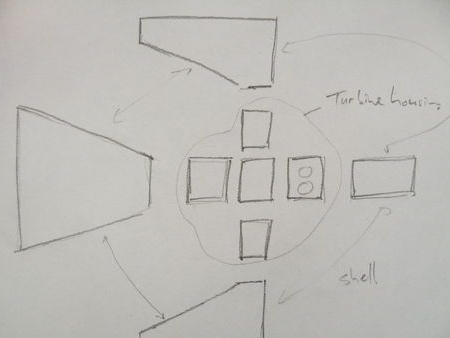
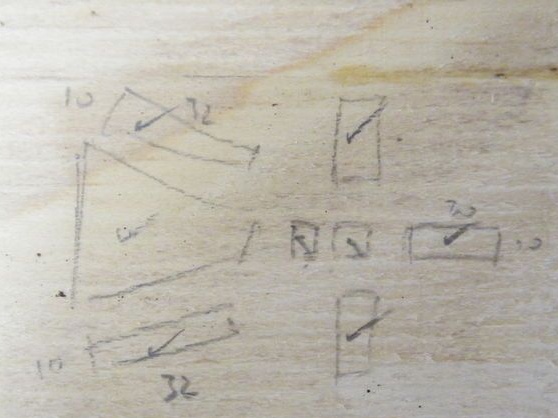
In principle, you can design such a capacity yourself by inventing something more efficient. As an example, turbines can be placed not on the side, but on top of the tower.If there is no desire to create everything from scratch, then this is not a problem, the author laid out ready-made drawings for homemade work.
View online file:
View online file:
When creating a tower, it is important to understand that how its turbines rotate depends on its profile and volume. For example, if the tower is narrow, the air will create high pressure, and the turbines will rotate very quickly, but not very long. Otherwise, the opposite effect is achieved. In general, you need to look for a middle ground. Alternatively, you can control the air supply by installing a diffuser in front of the turbines.
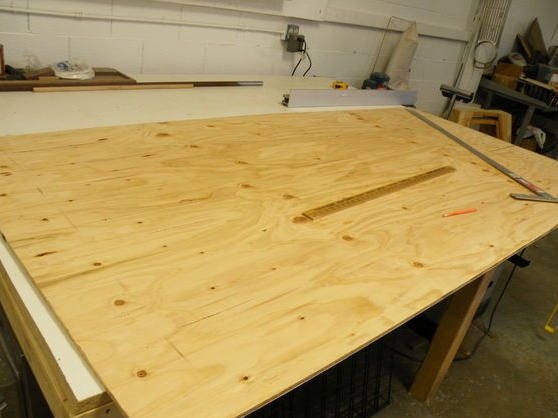
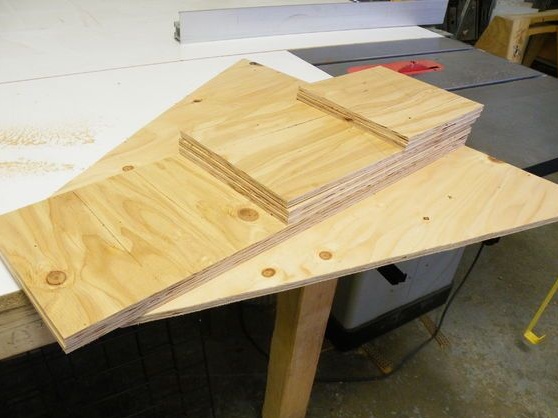
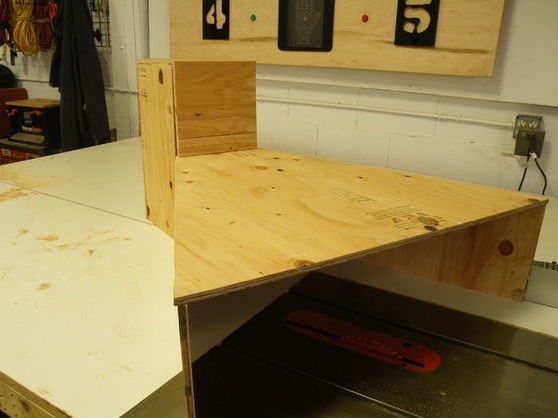
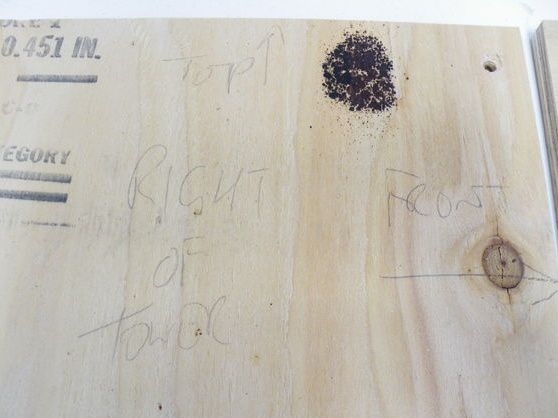
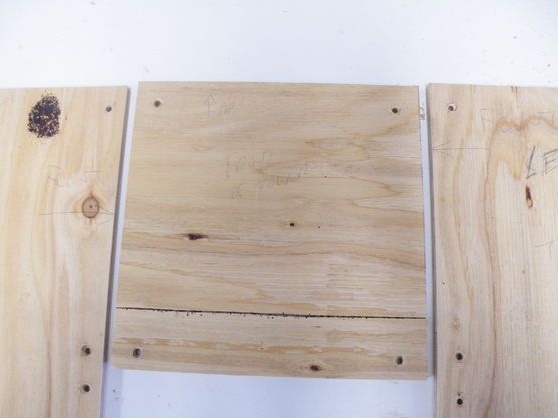
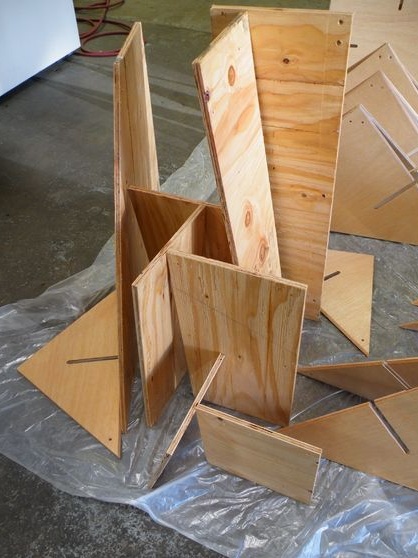
Step Two Turbine installation
The author used computer coolers as turbines. They have a permanent magnet acting as a starter, therefore, when rotated, coolers generate an electric current. To measure the output power of the turbines, the author connects them to a 1K resistor.
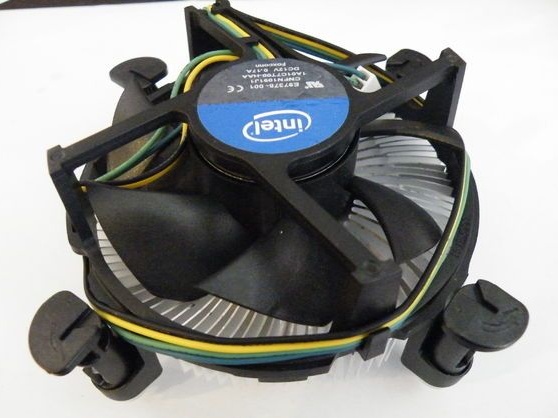
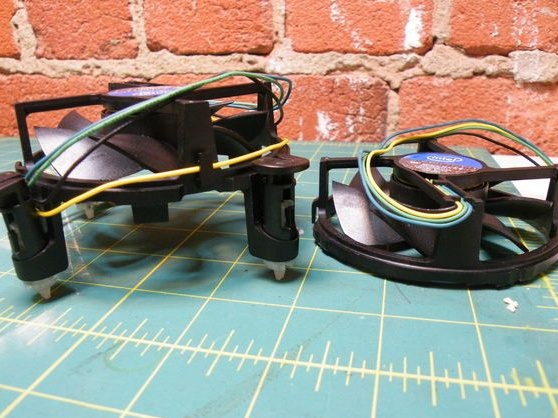
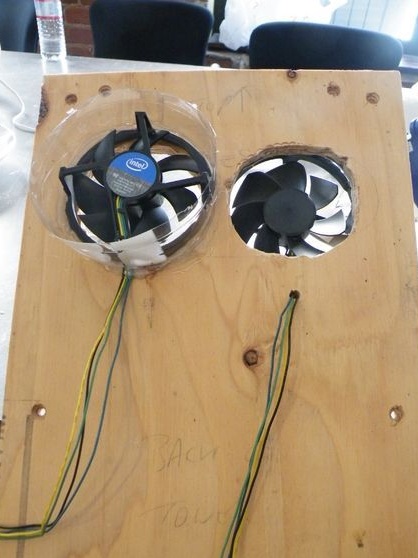
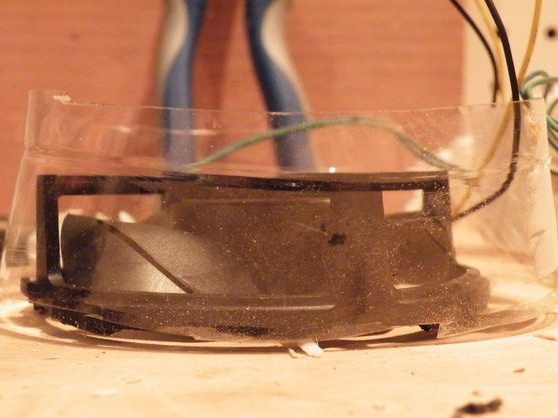
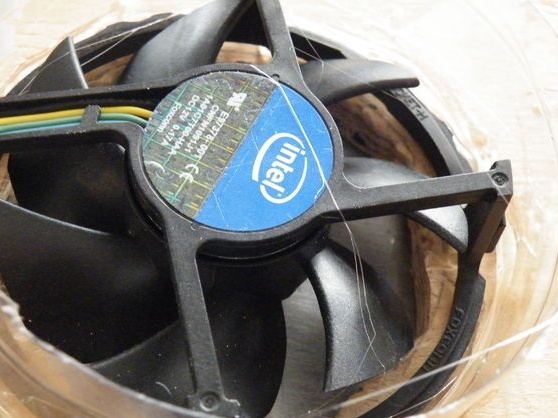
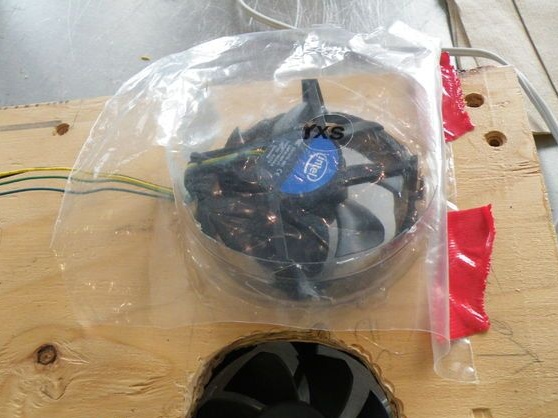
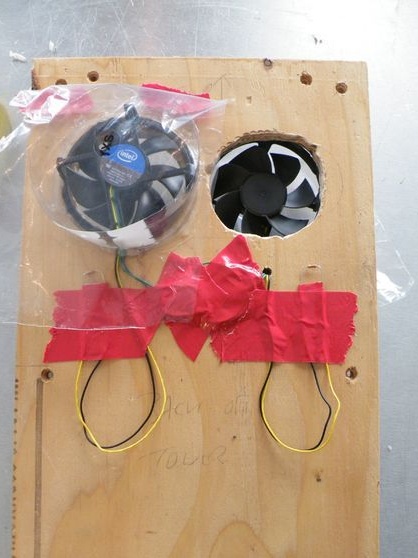
Since each turbine should turn on in only one direction, a valve must be provided in the system. The author made this valve from a piece of a plastic bag. That is, these are two valves that close and open automatically depending on the cycle.
Step Three The final stage of assembly and testing of homemade
In conclusion, the box must be well sealed at the joints, otherwise the air will exit through the slots and the generator efficiency will be low. The first test showed that the generator is working, but needs improvements.
The problem was that the tower was too low and water and sand fell on the turbines, but this is fixable, because the tower can be increased to any height. In addition, the design turned out to be too light, and the author had to sit on it during testing, so that it would not be carried away by the wave.

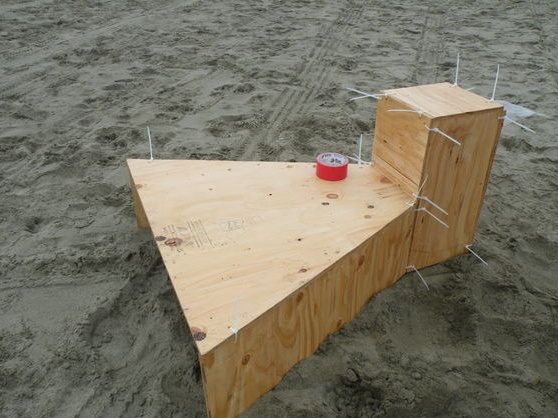
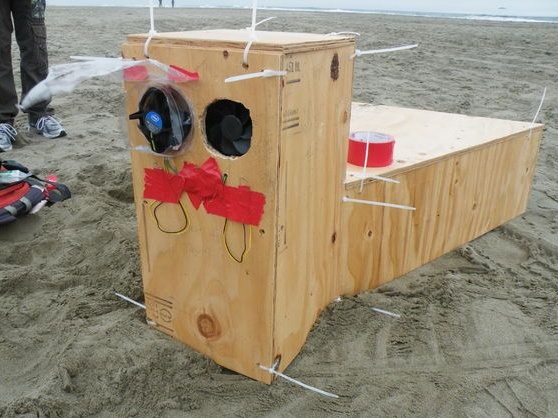
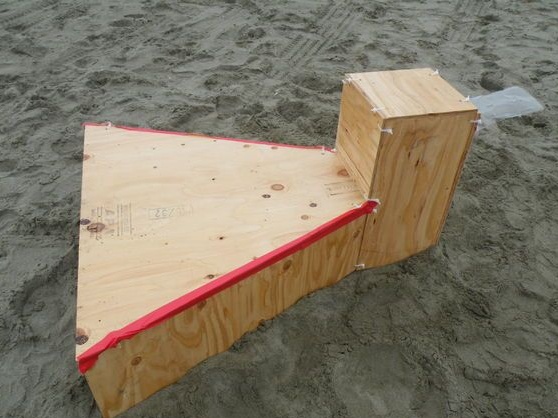
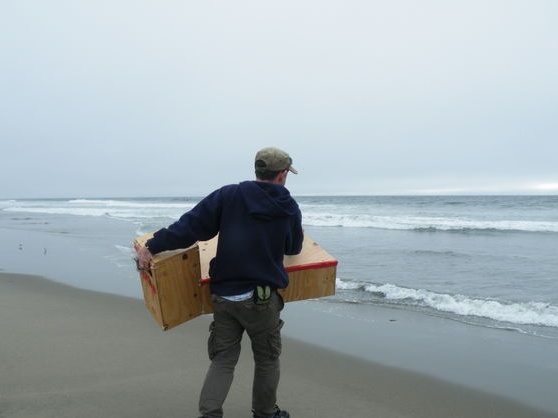
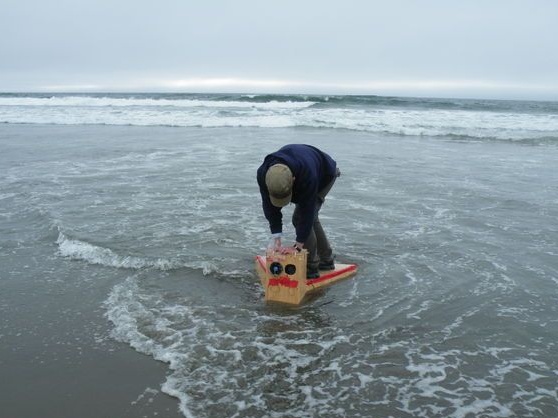
In general, the author is satisfied and enthusiastic. He plans to develop his homemade products himself and inspires us to do it.

